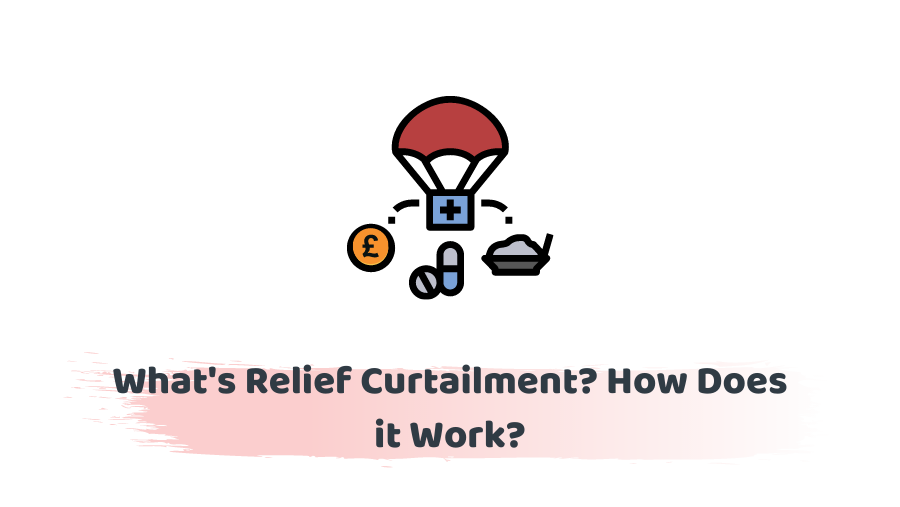All the tax hikes have put all the Landlords in the hotspot. From 6 April 2020, letting relief – a valuable capital gains tax relief is available where a property has been the owner’s only or main residence let out. You can always count on it to be curtailed.
Now…
Under the current rules for relief to shelter part of the gain arising on the sale of a property (that’s already been let out as residential accommodation) That the owner’s particular and main residence. Amount of letting relief is the lowest of the following three amounts:
- The amount of private residence relief available on the disposal;
- £40,000; and
- The gains are attributable to the letting.
Residential letting periods are regardless of whether or not the landlord also lives in the property.
6 April 2020
6 April 2020 make all the relief available for the occupancy of the tenant. Count on the letting relief to be available to you from that point onwards. This lets out part of their main residence as residential accommodation and shares occupation of that residence with an individual who has no interest in the residence.
The capital gain tax relates to the main residence which can be also termed as residential accommodation. The availability of letting relief means that it’s only chargeable to capital gains tax to the extent that it exceeds the lower of:
- The amount of the gain sheltered by private residence relief; and
- £40,000.
Example 1
Tom owns a property which he lives in as his main residence. He lived in it for a year alone, to help pay the bills he let out 40% as residential accommodation.
In June 2020 he sells the property realizing a gain of £189,000. He had owned the property for five years and three months (63 months).
The final nine months of ownership enclose by the final period exemption – this equates to £27,000.
For the remaining 54 months, private residence relief is available for the first 12 months and 40% of the remaining 48 months – a total of 31.2 months (12 + (40% x 48)). This is worth £93,600. (31.2/63 x £189,000).
Private residence relief in total is worth £120,600 (£27,000 + £93,600).
The gain attributable to the letting is £68,400 (£189,000 – £120,600). This is taxable to the extent that exceeds £40,000 (being the lower of £40,000 and £120,600).
Thus the letting relief is worth £40,000 and the chargeable gain is £28,400.
Example 2
Lucy buys a flat for £300,000 which she lives in for one year as her main residence. She then buys a new home that she lives in as her main residence and lets the flat out for three years, before selling it and realizing a gain of £96,000.
If she sells it before 6 April 2020, she will be entitled to private residence relief of £60,000 (30/48 x £96,000).
A final 18 months are exempt. That’s when she lived in the flat for 12 months as her main residence. Count on the letting to be around The gain attributable to letting is £36,000, all of which is sheltered by lettings relief (as less than both private residence relief and £40,000).
If she sells the property after 6 April 2020. The final period of exemption normally covers 9 months. This reduces the private residence relief to £42,000 (21/48 x £96,000).
The remainder of the gain of £54,000, which is attributable to the letting, is chargeable to capital gains tax as letting relief is no longer available as Lucy does not share her home with the tenant.
Consider realizing a gain on a let property which has also been the main residence prior to 6 April 2020 to take advantage of the letting relief available prior to that date where a landlord does not share the accommodation with the tenant.
Additional note: TCGA 1992, s. 224; Draft legislation for inclusion in Finance Bill 2019—20





















































